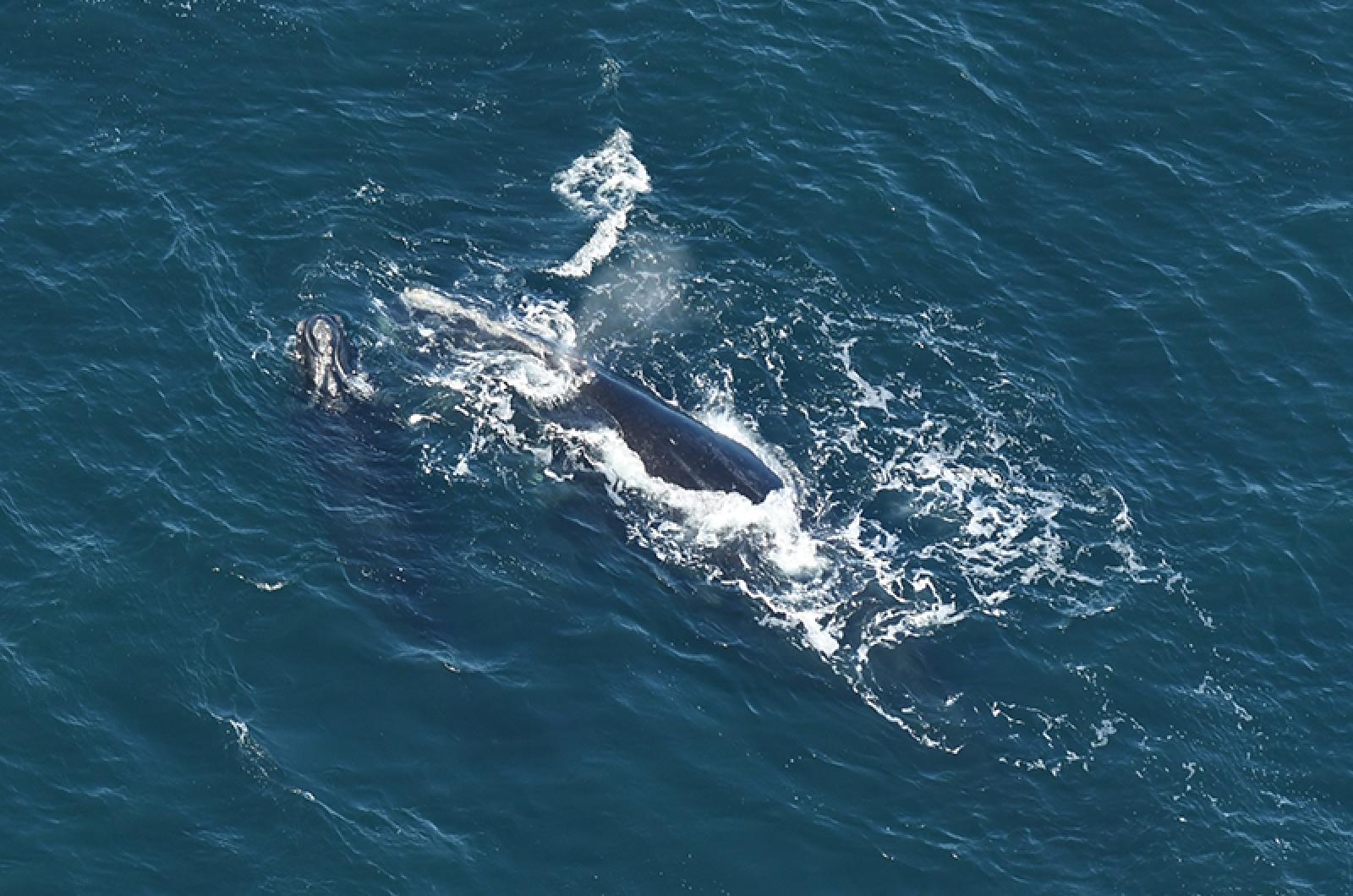The critically endangered North Atlantic right whale registered another grim milestone this week, with a new estimate showing further declines in its population.
The North Atlantic Right Whale Consortium said in a news release Monday that a census for 2020 found just 336 remaining members of the species, an eight per cent decrease from 2019 when the population was estimated at 366. The new figure marks the lowest number in nearly 20 years.
The discouraging news comes as the consortium prepares to hold its annual meeting online Tuesday and Wednesday. The organization is made up of more than 200 individuals and three dozen groups, including the New England Aquarium, Woods Hole Oceanographic Institution and the New Bedford Whaling Museum, pledged to researching and applying science-based conservation measures to save the right whale.
Heather Pettis, associate scientist in the New England Aquarium’s Anderson Cabot Center for Ocean Life and executive administrator of the consortium, said in the release that researchers were disheartened, but not surprised.
“The right whale research and conservation communities know that while widespread efforts to change the trajectory of the species have been undertaken, they have not been enough,” she said.
Research by members of the consortium has confirmed that vessel strikes and entanglements in fixed fishing gear have posed the biggest threat to the species’ survival.
A study published earlier this year by scientists at the New England Aquarium found that 83 per cent of identified right whales have been entangled one or more times in fishing gear.
“There is no question that human activities are driving this species toward extinction. There is also no question that North Atlantic right whales are an incredibly resilient species,” Dr. Scott Kraus, a wildlife biologist who chairs the consortium, said in the release.
“No one engaged in right whale work believes that the species cannot recover from this. They absolutely can, if we stop killing them and allow them to allocate energy to finding food, mates, and habitats that aren’t marred with deadly obstacles.”







Comments (10)
Comments
Comment policy »